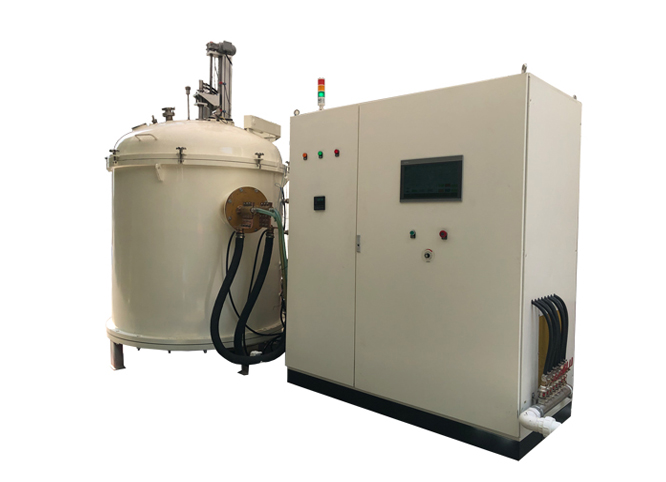Equipment Introduction:
Furnace Cover: A cylindrical furnace cover is located at the central position on the top of the furnace body, with a plunger through-hole and a thermocouple through-hole set on the furnace door. The top of the furnace cover is equipped with a Φ300×200 charging port and a Φ60 observation port, allowing for adding materials to the crucible inside the furnace. The furnace cover meets the sealing requirements with the furnace body, and sealing treatments are applied to the temperature measurement elements, charging port, and observation hole on the furnace cover.
Insulation Layer: Made primarily of heavy-duty poly-crystalline alumina bricks, graphite carbon felt, and other insulation materials, the insulation layer reduces heat dissipation from the furnace space to the external environment. Its long-term operating temperature is no lower than the maximum design temperature of the melting furnace. The designed thickness of the insulation layer ensures that the total power consumption is less than 10%. The structure and arrangement of the insulation layer facilitate the placement of crucibles and the installation of insulation materials.
Internal Support Structures: These are used to support the crucible, the melting furnace crucible, and the working medium contained within. When the furnace temperature reaches the maximum temperature of the melting furnace, the structure, material, and arrangement of the support structures ensure safe and stable support without deformation or displacement.
Internal Crucible: Given the large size and weight of the furnace, a plunger structure is used for the molten material. The melting crucible is cylindrical with a volume of ≤600L. The inner wall of the crucible is designed with a certain inclination to facilitate the flow of liquid working medium from the bottom hole. The bottom of the crucible is a rectangular hole, whose size and shape closely match the plunger head. The plunger is made of a 304 stainless steel water-cooled rod and a graphite rod. The 304 rod is compressed by a spring transition mechanism, and the graphite rod has replaceable spiral structures at both ends to easily change the size of the discharge hole. The plunger is made of high-purity graphite, and when inserted into the crucible assembly position, there is no leakage of working medium from the contact surface.
Lifting Mechanism: Installed above the outer wall of the melting furnace door, the lifting mechanism's position does not interfere with the opening and closing of the furnace cover. The lifting mechanism is securely connected to the plunger, and both lifting and lowering are achieved through linear guides, ensuring no misalignment during movement. A spring transition squeeze is also incorporated to meet the requirements for lifting the plunger in the molten pool. The water-cooled plunger maintains the designed atmosphere furnace indicators during movement. The effective lifting height is greater than 200mm. The lifting and lowering actions of the lifting mechanism can be controlled on-site, with timely stopping and switching, and real-time display of the lifting height. It is equipped with a good motor protection device.
Heating Method: The medium-frequency induction coil is wound with 30504 rectangular oxygen-free copper and treated with high-temperature insulating paint and hydrogen embrittlement prevention. The heating method involves power control, with two B-type thermocouples randomly reading temperature reference values.
Temperature Control System: The inner side of the furnace is equipped with at least two thermocouples for measuring the temperature inside the melting crucible. The maximum measurement temperature of the thermocouples is not lower than the maximum temperature of the melting furnace, and the measurement accuracy meets the requirements. There are also temperature measurement points for the diversion pipe. The temperature inside the furnace and the crucible is displayed on the electrical cabinet panel of the melting furnace and can also be remotely displayed in the main experimental operation room.Electrical Control System: A power cabinet is designed with power, voltage, and current design parameters. It features a full touch screen for temperature-programmed and automated control.
The bottom of the vacuum furnace: It is equipped with a pneumatic gate valve to reduce oxidation of the crucible and other components at high temperatures.
Electrical Control System:
1. Operating, wiring, and layout requirements for the electrical control cabinet
2. Alarms for high temperature, low temperature, over-current, low water pressure, short circuit automatic trip
3. Special connectors are used to fix the inlet and outlet wires to ensure cable safety
4. Components, terminal blocks, and operation buttons are all labeled
5. The surface of the electrical control cabinet and equipment is painted
6. The power cabinet adopts a fully sealed dust-proof structure to prevent conductive carbon fibers and conductive dust
7. All electrical cabinets have reserved structures, with key components inside the cabinet being water-cooled, and the program automatically stops after completion.
8. The cooling system, vacuum system, protective gas system, and vacuum measurement and control system are seamlessly connected to the upper computer through PLC for real-time monitoring, control, and display of the entire equipment's operating status.
9. The alarm interface provides simple prompts for alarm information and maintenance operation mode prompts.
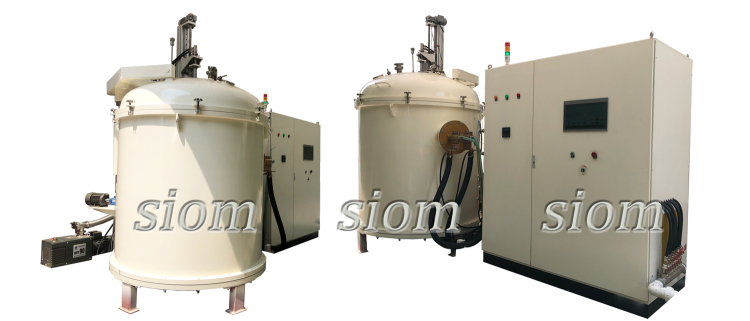
| Basic Parameter Requirement | Loading Requirements | Furnace Operating Environment | Inert gas protection or vacuum |
| Loading Area Dimensions | diameter: 700mm×Height: 900mm |
| Weight Capacity | net material weight≤1.2 tons |
| Down discharge method | mechanical lever for self-flowing discharge |
| Discharge mode | Vertical furnace body, top loading, bottom discharge |
| Vacuum Requirements | Ultimate Vacuum | 1000Pa (empty furnace, cold state) |
| Pumping Rate | 100L/S |
| Temperature Requirements | Limitative Temperature | ≤1600℃ |
| Maximum Temperature | 10°C/minute |
| Temperature Control Accuracy | ≤±5°C (without interference) |
| Operating Temperature | ≤1600℃ |
| Control Requirements | Temperature Control | PID intelligent programmatic control (temperature control accuracy: ±5℃) and manual control; 30 programmable temperature control segments. |
| Operation Records | Full touchscreen operation control, real-time monitoring of equipment usage, automatic storage for 15 days, exportable via USB drive. |
| Protection Measures | ①PLC Intelligent Early Warning, Alarm Protection, and Power Supply Insulation Safety Protection: Real-time monitoring, control, and display of the entire equipment's operating status. Monitoring of phase loss, under voltage, output current, voltage, power, water pressure, water temperature, protective gas flow, vacuum pump, furnace temperature, furnace internal pressure, sequential control and interlocking protection of power supply, furnace body, cooling water, protective gas, and other devices, as well as early warning and alarm functions. Heating element loop temperature measurement using thermocouples. ②Safety Protection Devices in the Following Situations: Transmission mechanisms, high-temperature areas, meshing points, etc. High-temperature areas are marked with warnings against burns. The electrical control cabinet panel is equipped with an emergency stop button in the shape of an ingot and operation indicator lights. ③Mechanical Safety Valve on the Furnace Body: With automatic pressure relief function to ensure safety. |

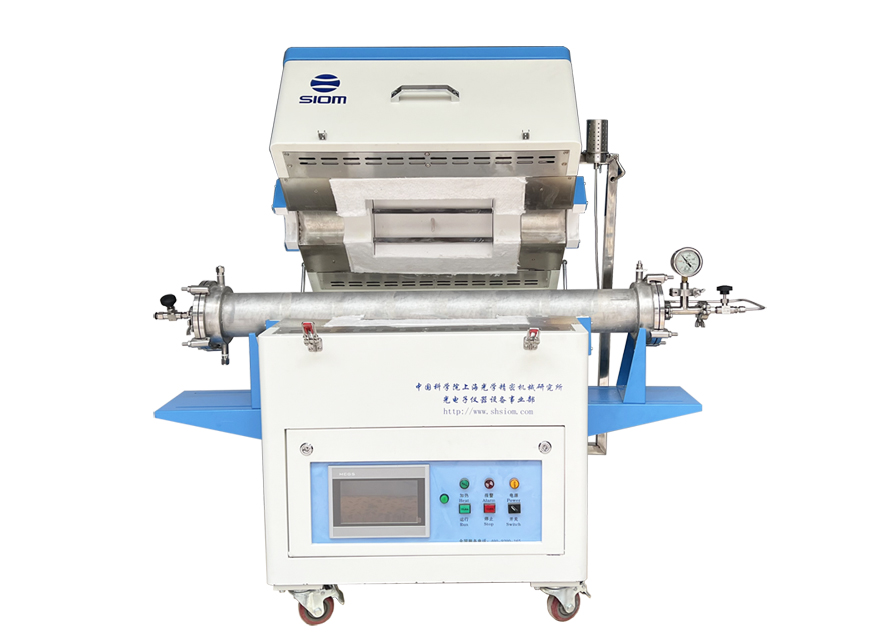 GL Tube-Type Furnace
GL Tube-Type Furnace
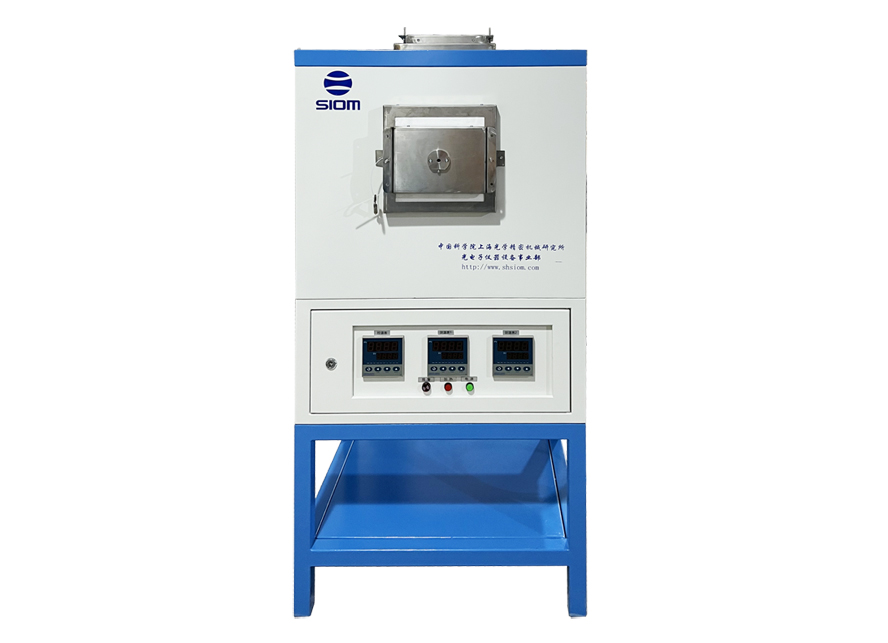 XL Box-Type Furnace
XL Box-Type Furnace
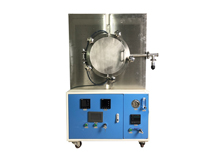 XQL Atmosphere Furnaces
XQL Atmosphere Furnaces
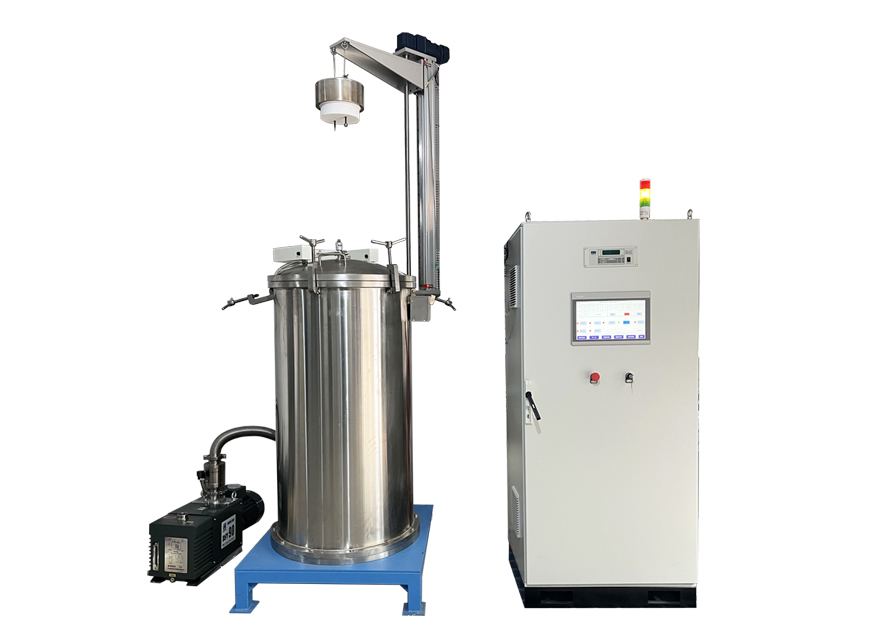 JSL Pit-Type Furnace
JSL Pit-Type Furnace
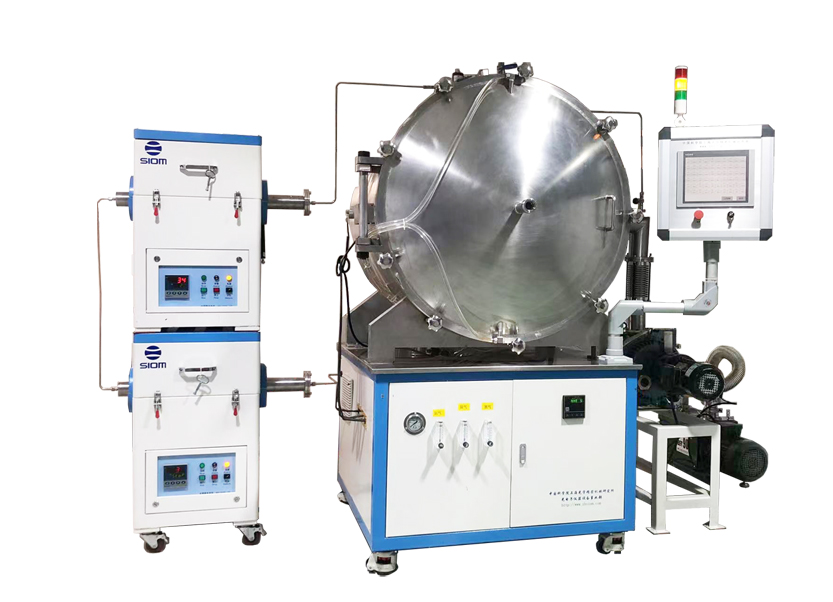 SJ Sintering Furnace
SJ Sintering Furnace
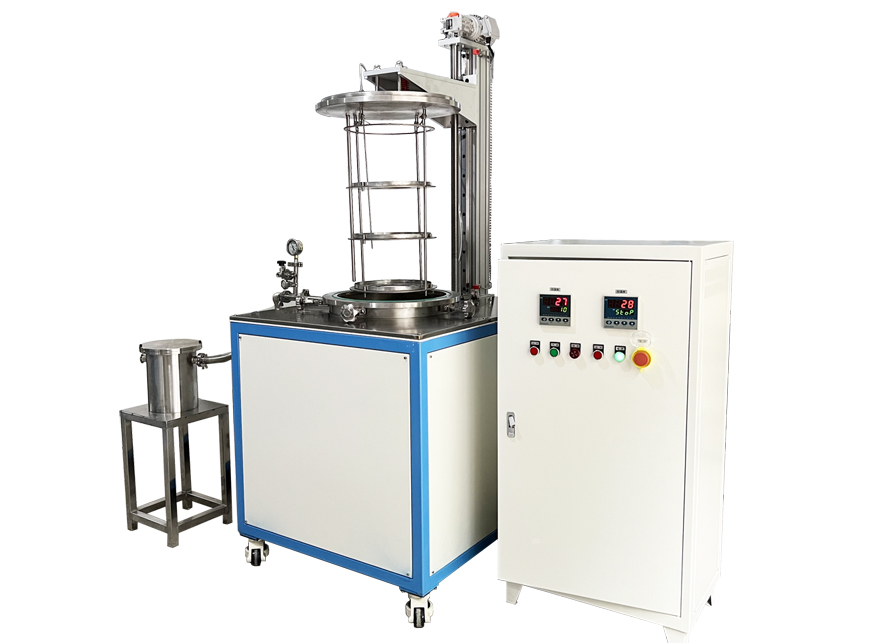 SJL Elevator Type Furnace
SJL Elevator Type Furnace
